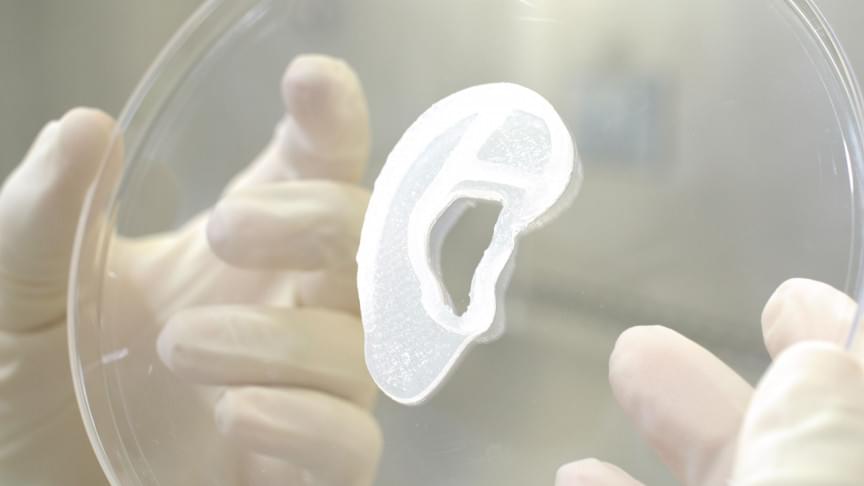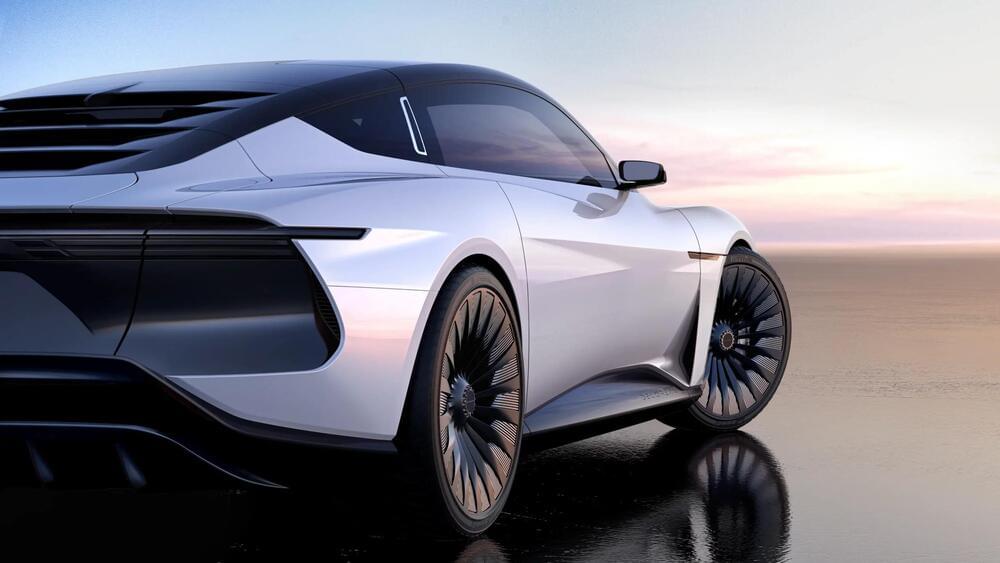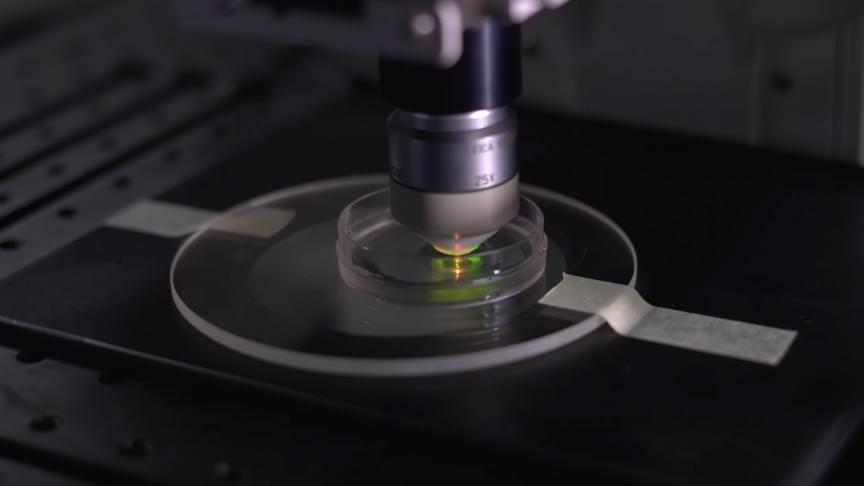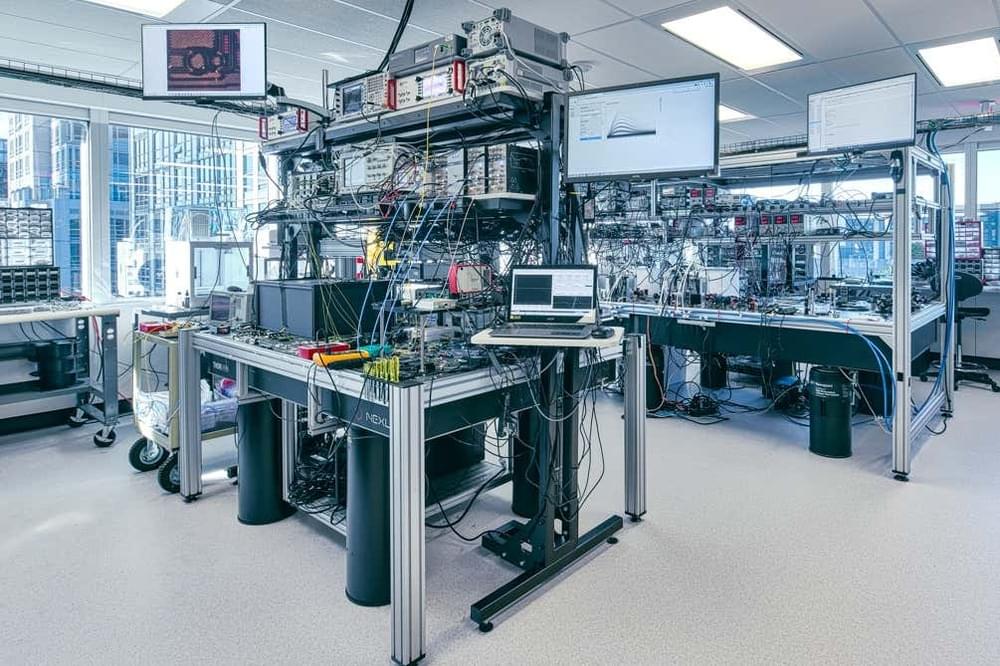Jun 2, 2022
FDA withdrawing cancer drug Ukoniq (umbralisib)
Posted by Omuterema Akhahenda in categories: biotech/medical, health
Due to safety concerns, the U.S. Food and Drug Administration (FDA) has withdrawn its approval for the cancer medicine Ukoniq (umbralisib). Ukoniq was approved to treat two specific types of lymphoma: marginal zone lymphoma (MZL) and follicular lymphoma (FL).
Updated findings from the UNITY-CLL clinical trial continued to show a possible increased risk of death in patients receiving Ukoniq. As a result, we determined the risks of treatment with Ukoniq outweigh its benefits. Based upon this determination, the drug’s manufacturer, TG Therapeutics, announced it was voluntarily withdrawing Ukoniq from the market for the approved uses in MZL and FL.
Health care professionals should stop prescribing Ukoniq and switch patients to alternative treatments. Inform patients currently taking Ukoniq of the increased risk of death seen in the clinical trial and advise them to stop taking the medicine. In limited circumstances in which a patient may be receiving benefit from Ukoniq, TG Therapeutics plans to make it available under expanded access.


















